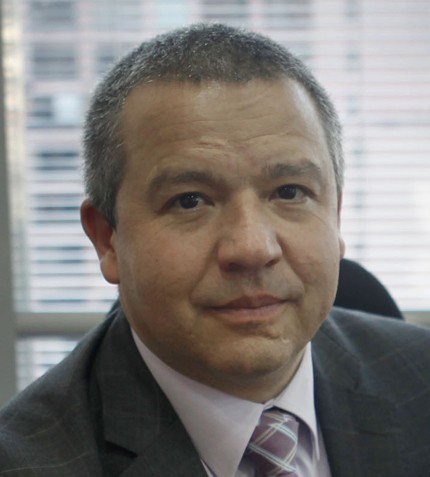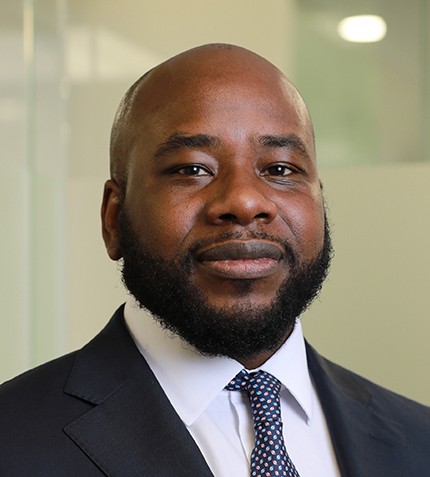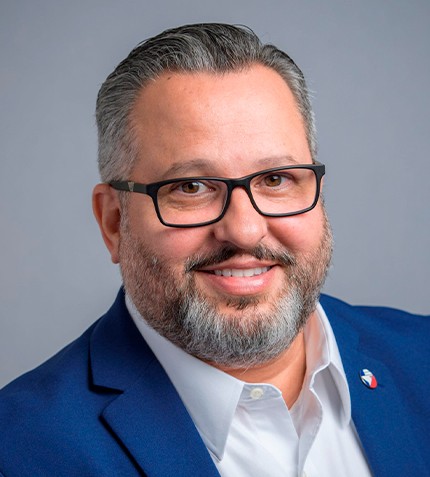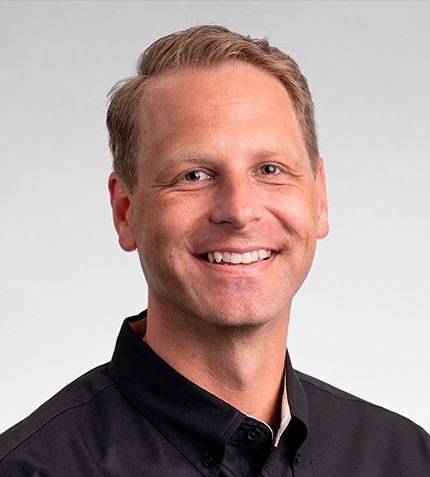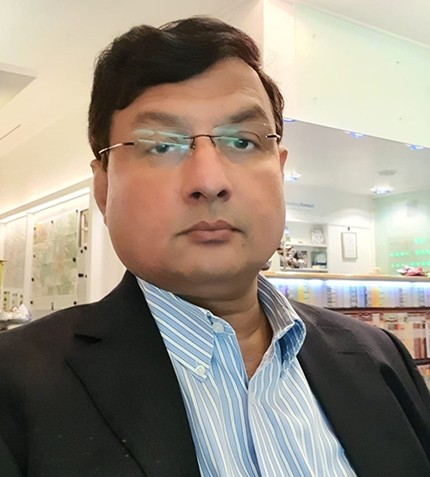
"The market reception for automation solutions in Singapore is high, and it reverberates from Singapore towards neighboring nations who look up at the nation as a role model."
Apparao Myneni
STRATEGIC INDUSTRY MANAGER, SICK SALES AND SERVICE (SICK AG)
Could you start with a brief overview of SICK Automation (AG)’s presence and structure in Singapore?
In Singapore, there are two organizations: SICK Product Center Asia, which oversees manufacturing and R&D activities, with a production base in Malaysia, and SICK Private Ltd., which is the sales and service unit of SICK AG Germany, looking after Southeast Asia. At SICK Sales and Service, we serve three business divisions: factory automation, logistics automation and process automation. While the first two deal with over 40,000 sensors, the process automation unit is concerned with process analysers for environmental monitoring and process control. SICK is, in fact, one of the leading analyser manufacturers for continuous emissions monitoring. In Southeast Asia, 40% to 45% of the business is focused on factory automation, followed by the other divisions taking between 25%-30% each. As a strategic division manager for the chemical, petrochemical and refineries industries (CPR), my responsibility is to promote business within these markets, which constitute about a third of the business.
How has SICK Sales and Service experienced the impact of the pandemic?
Just before the pandemic, SICK restructured into three regional hubs for its 13 Southeast Asian countries: one in Singapore, one in Malaysia, and one in Thailand, each hub representing a bundle of neighbouring countries with a similar business profile. This leaner structure has helped us better control the impact of the pandemic. Compared to 2019 levels, sales have been down by at least 20% during 2020 across Southeast Asia, a decline experienced across the board, although Singapore stood out as the least impacted, except for a sharper decline in Q3 2020; we partly owe such resilience to the immediate and swift government interventions that sought to keep the economy afloat.
How prepared is the chemicals industry to adopt intelligent sensors and new technologies?
Singapore has long been driving towards the concept of a “smart nation” and it is recognized as such globally; the market reception for automation solutions in Singapore is high, and it reverberates from Singapore towards neighboring nations who look up at the nation as a role model. The pandemic created new opportunities for automation as logistics and manpower challenges became imminent. As shifts are now run by fewer people at any given time, industries open up to more automation, with opportunities starting at logistics and storage and stretching all the way to distribution. The CPR industries, like the power or cement industries, are already automated, with 24/7 production facilities, but there are still gaps worthy of looking into, for instance in warehouse and logistics.
What do you anticipate will be driving growth in the CPR industry in the coming years?
The pandemic wreaked havoc in the CPR industry, with players stopping their operations due to capacity constraints and logistics challenges at the peak of the pandemic when shipping was stopped and producers exhausted the tanks and reservoirs to store produce. Others scaled down considerably. In the next two to three years, the petrochemicals industry will benefit from lower energy prices, but demand for basic chemicals will continue to stay low until at least Q2 2021, with the exception of plastics solutions going into the medical field. The specialty sector, however, is poised for growth, with demand for sanitizers and pharma active ingredients going through the roof. Thirdly, consumer chemicals look at a growth rate no higher than 3%, as chemicals used in soaps and shampoos remain in relative demand. Future policy developments, and especially foreign policy developments with the new U.S. administration taking office, may further shake the landscape. In the last months running to 2021, many players have been rethinking their portfolios to capture a greater share of the specialty chemicals in an attempt to balance the negative yield on basic chemicals.
Do you have a final message?
Decarbonization is one of the key technologies that SICK is focusing on. The recycling of plastic waste requires specialty chemicals to realize the process of “polymerization”- or to derive and manufacture renewable polymers. Also, Hydrogen as fuel development is going to be a major Singapore government policy decision. We see these areas as emerging opportunities and we are increasingly more involved in the renewable markets.




